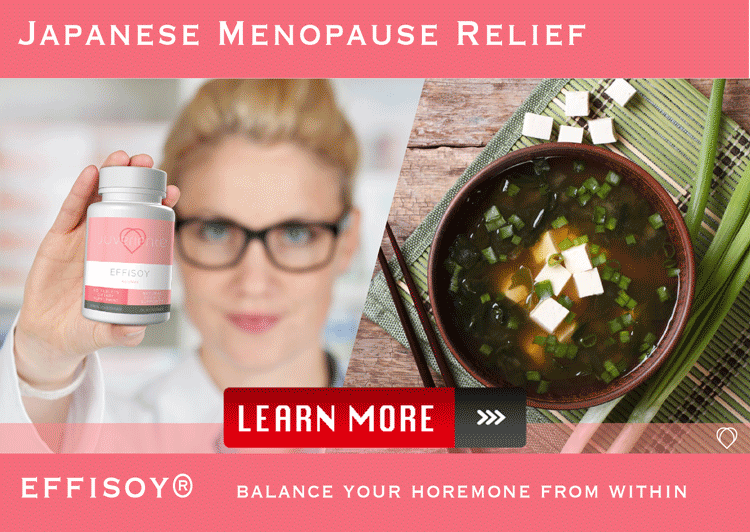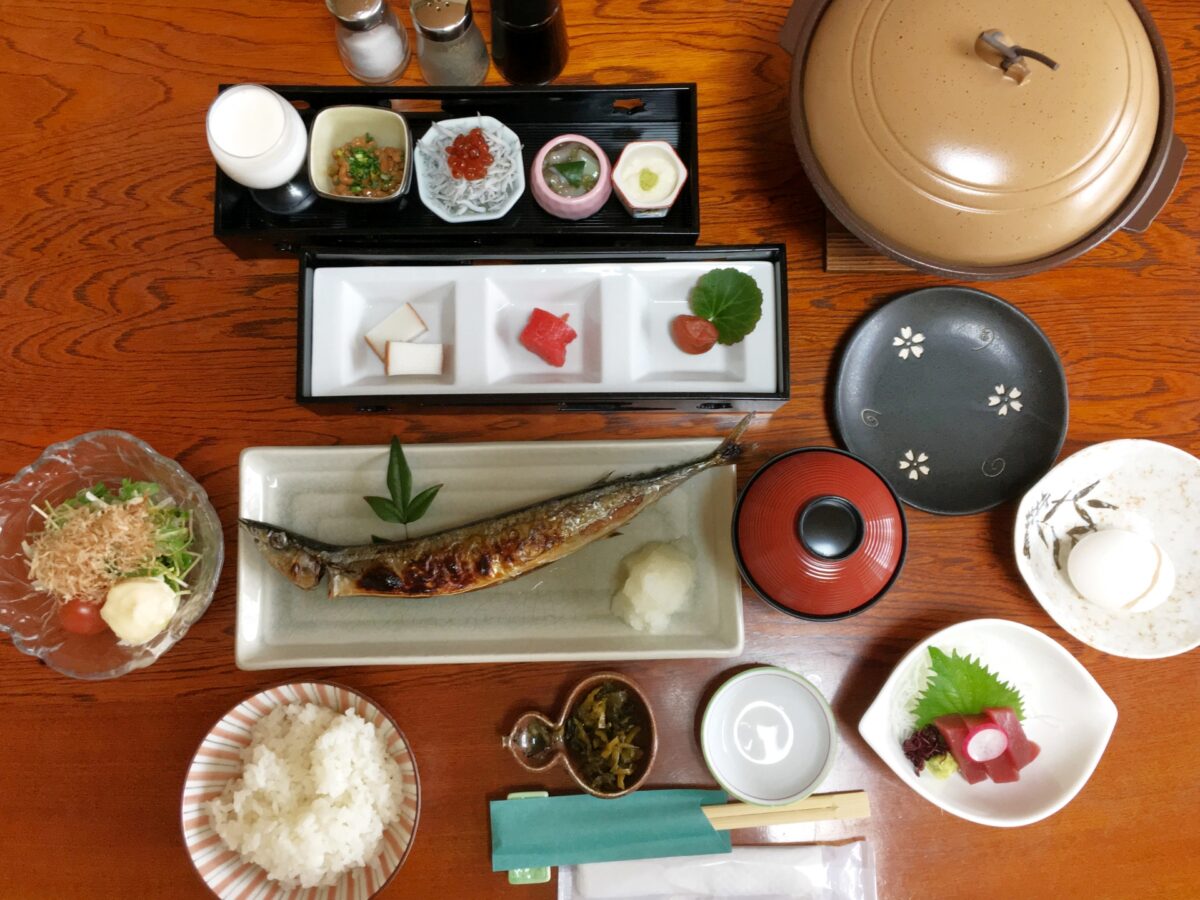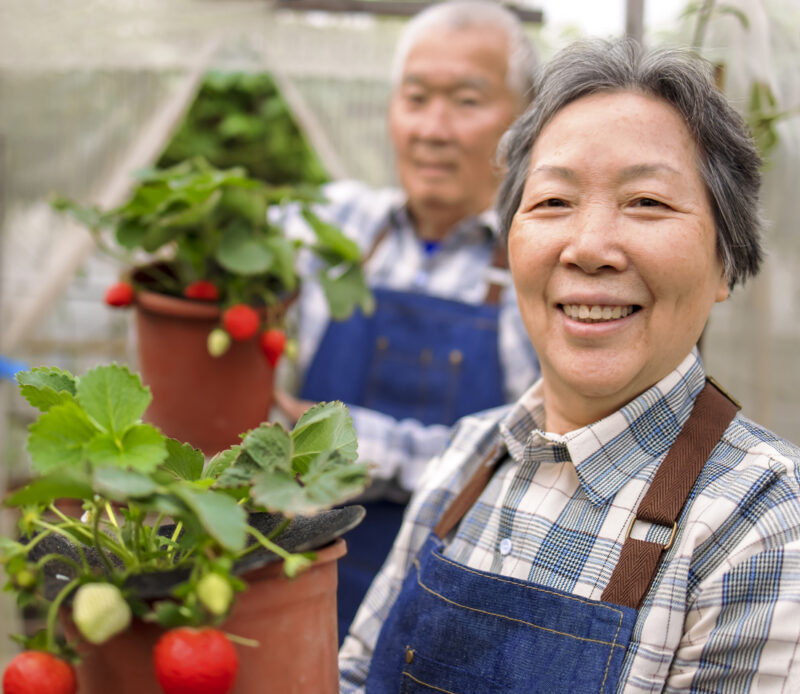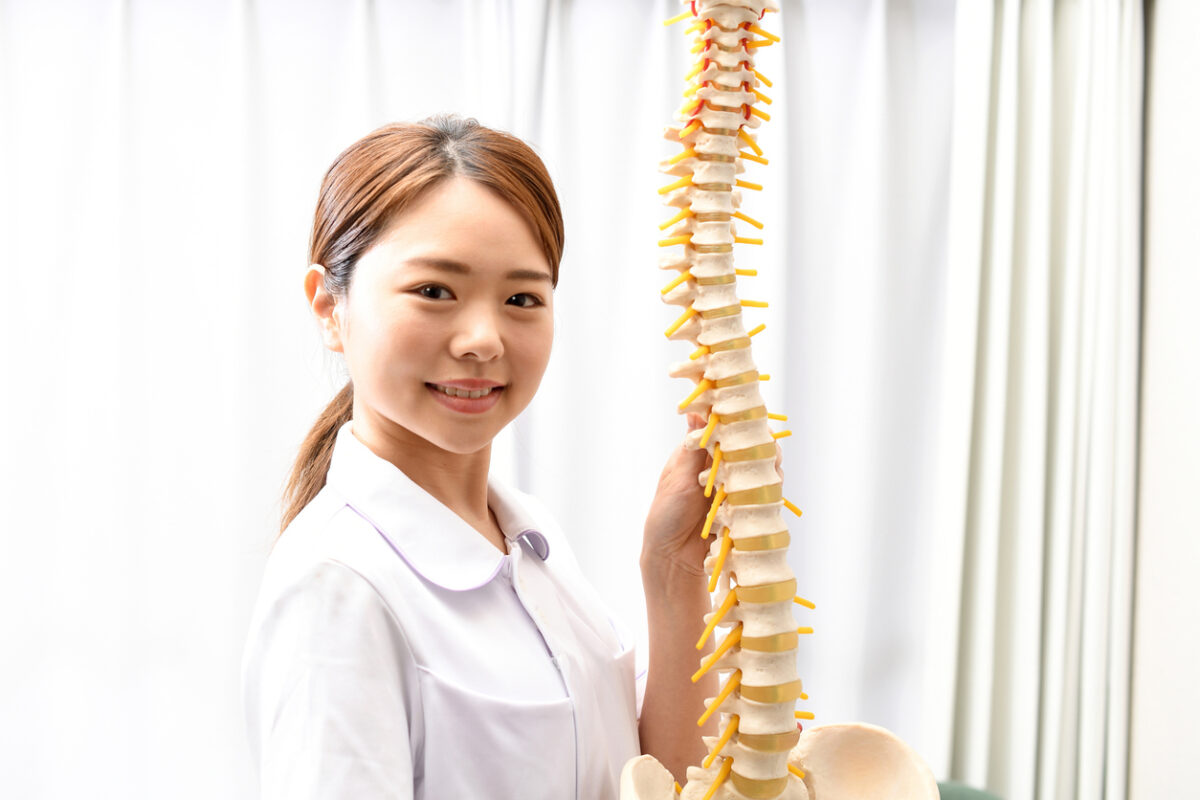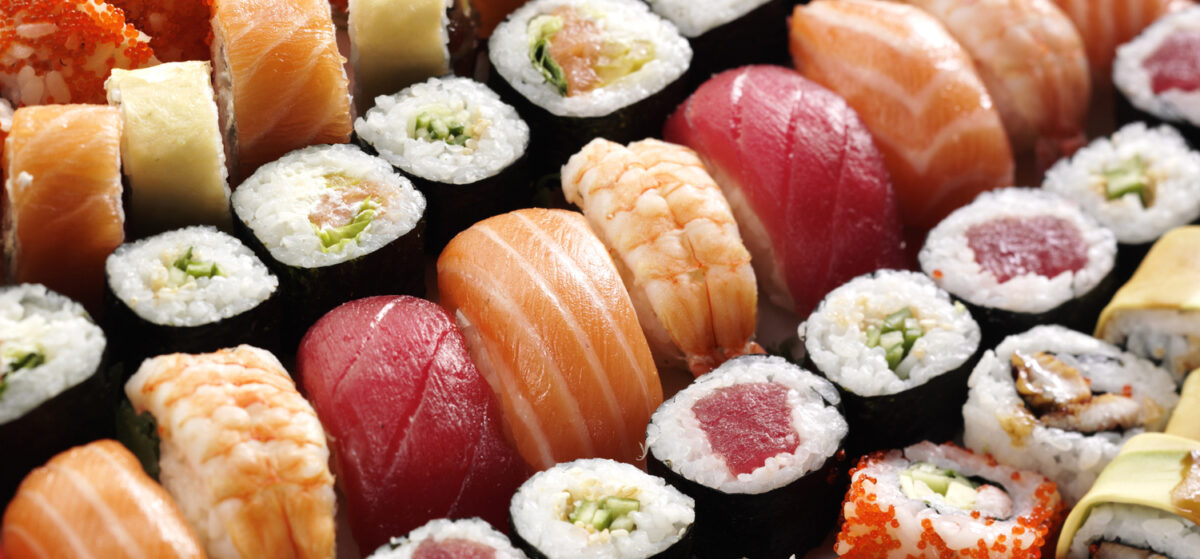High blood pressure becomes a common concern after 50, especially for women going through hormonal changes. One effective way to manage it naturally is through diet—specifically, by reducing sodium intake. Japanese cuisine offers flavorful meals that are naturally low in salt and high in nutrients. Let’s explore how you can enjoy delicious Japanese food while supporting your heart health.
Why Japanese Cuisine Is Naturally Heart-Healthy
Traditional Japanese cooking emphasizes fresh vegetables, seaweed, fish, and fermented foods. These ingredients offer vital nutrients like potassium, calcium, and antioxidants, all of which help regulate blood pressure. Unlike many Western dishes, Japanese meals often rely on natural umami flavors rather than salt to enhance taste.
The Japanese diet is also rich in fiber and omega-3 fatty acids, which are beneficial for vascular health. Meals are typically light and well-balanced, making them ideal for anyone looking to reduce sodium without sacrificing satisfaction.
The Role of Sodium in Blood Pressure: What You Need to Know
Sodium plays a role in maintaining fluid balance, but too much can cause your body to retain water. This extra fluid puts pressure on blood vessel walls, raising blood pressure. The American Heart Association recommends consuming no more than 1,500 mg of sodium per day for most adults, especially those with hypertension.
Yet many processed foods contain hidden sodium. Learning to cook from scratch using low-sodium ingredients gives you control over your intake and your health.
Low-Sodium Japanese Ingredients to Stock in Your Kitchen
Reduced-Sodium Miso
Miso is a staple in Japanese cooking, but regular versions can be salty. Look for reduced-sodium miso paste to make healthy soups and marinades. Fermented soy in miso also supports gut health and may help regulate blood pressure.
Kombu and Katsuobushi for Homemade Dashi
Dashi is a traditional broth made from kombu (kelp) and katsuobushi (dried bonito flakes). It provides deep umami flavor with very little sodium. Making your own dashi allows you to avoid commercial soup bases that often contain excessive salt.
Low-Sodium Soy Sauce or Tamari
Soy sauce is high in sodium, but low-sodium versions or tamari (a gluten-free soy sauce) offer the same depth of flavor with less salt. Use it sparingly in stir-fries or dipping sauces.
Fresh Vegetables and Tofu
Vegetables like spinach, daikon, and shiitake mushrooms are nutrient-rich and naturally low in sodium. Tofu is another excellent ingredient that absorbs flavors well and provides plant-based protein.
For more information about low-sodium Japanese pantry items, check out Umami Insider’s guide.
Easy Low-Sodium Japanese Recipes for Better Blood Pressure
Miso Soup with Spinach and Tofu
Start with homemade dashi, then add reduced-sodium miso paste, soft tofu cubes, and fresh spinach. This comforting soup is perfect for breakfast or a light dinner.
Grilled Salmon with Ponzu Sauce
Marinate salmon in a mix of citrus juice, low-sodium soy sauce, and grated ginger. Grill it until crispy on the edges. The omega-3 fats in salmon help reduce inflammation and support heart health.
Hijiki Seaweed Salad
Soak dried hijiki, then mix it with shredded carrots, edamame, and a light sesame dressing. Hijiki is rich in fiber and minerals that support blood pressure regulation.
Stir-Fried Vegetables with Garlic and Sesame
Use a medley of bell peppers, broccoli, and mushrooms. Stir-fry in a small amount of sesame oil, garlic, and a splash of low-sodium soy sauce for a quick and flavorful side dish.
Cold Soba Noodle Bowl
Boil buckwheat noodles and chill them. Serve with sliced cucumber, shredded nori, and a dipping sauce made with low-sodium soy sauce, rice vinegar, and grated daikon.
Tips to Enjoy Flavorful Japanese Meals Without Extra Salt
Use Umami-Rich Ingredients
Ingredients like shiitake mushrooms, seaweed, and fermented soy products bring deep flavor without needing salt. Umami satisfies the palate and makes meals more enjoyable.
Cook with Natural Acidity
Citrus juice, rice vinegar, and grated ginger can brighten dishes and reduce the need for added sodium. They work well in dressings and marinades.
Practice Portion Control
Japanese meals are typically served in small portions across multiple dishes. This helps you feel satisfied without overeating or over-salting any one item.
Choose Fermented Foods
Fermented products like natto, miso, and pickled vegetables promote gut health and may assist in lowering blood pressure naturally. Just watch the sodium content and opt for homemade or low-sodium versions when possible.
For more detailed guidance, the National Institute on Aging offers helpful tips on managing blood pressure through diet and lifestyle.
Take the Benefit of Miso by a Supplement
Miso is another example of the Japanese healthy diet. If you want to experience the health benefits of miso dishes but find the unique taste of fermented foods challenging, a natural supplement might be the perfect solution. Juveriente® offers Effisoy®, a supplement that provides the key health benefits of miso through an extract of fermented soybean germ.
Effisoy® is the only supplement outside of Japan that uses ingredients derived from fermented soybeans, bringing the wellness advantages of miso to those who may not enjoy its traditional flavor. Since its launch in 2016, it has gained popularity as a natural menopause relief supplement, helping to balance hormones and improve overall well-being.
Effisoy® works by enhancing the body’s natural synthesis of DHEA, a hormone precursor. This safe and natural boost helps regulate hormonal balance, potentially improving skin health and reducing menopause symptoms. While it benefits both men and women, it has become particularly popular among women seeking relief from menopause-related issues.
Here are some of the real product reviews in our Amazon shop.
“Restful sleep finally!!”, “I Am Now Free of Hot Flashes!!”, “Lifesaver”
